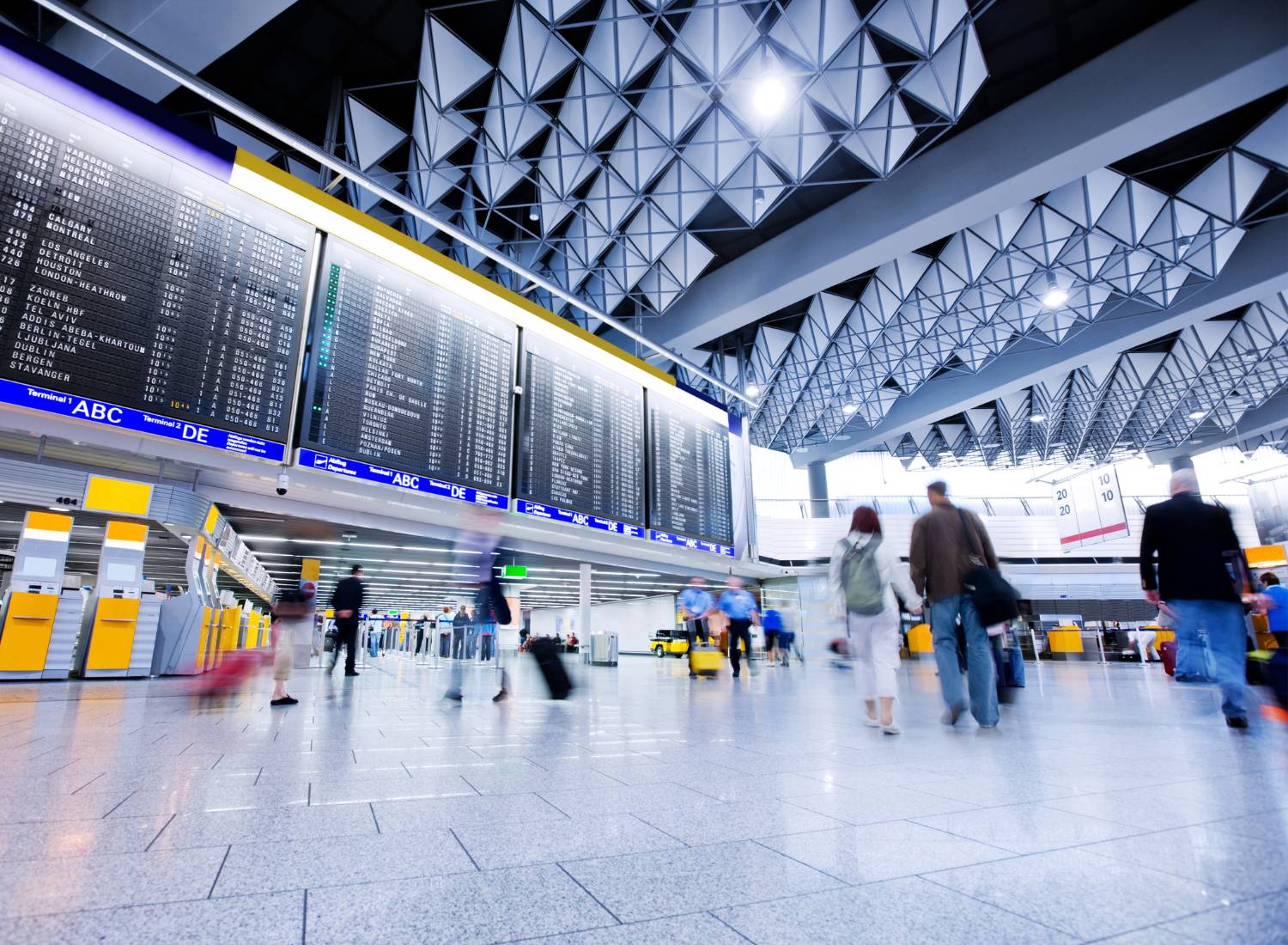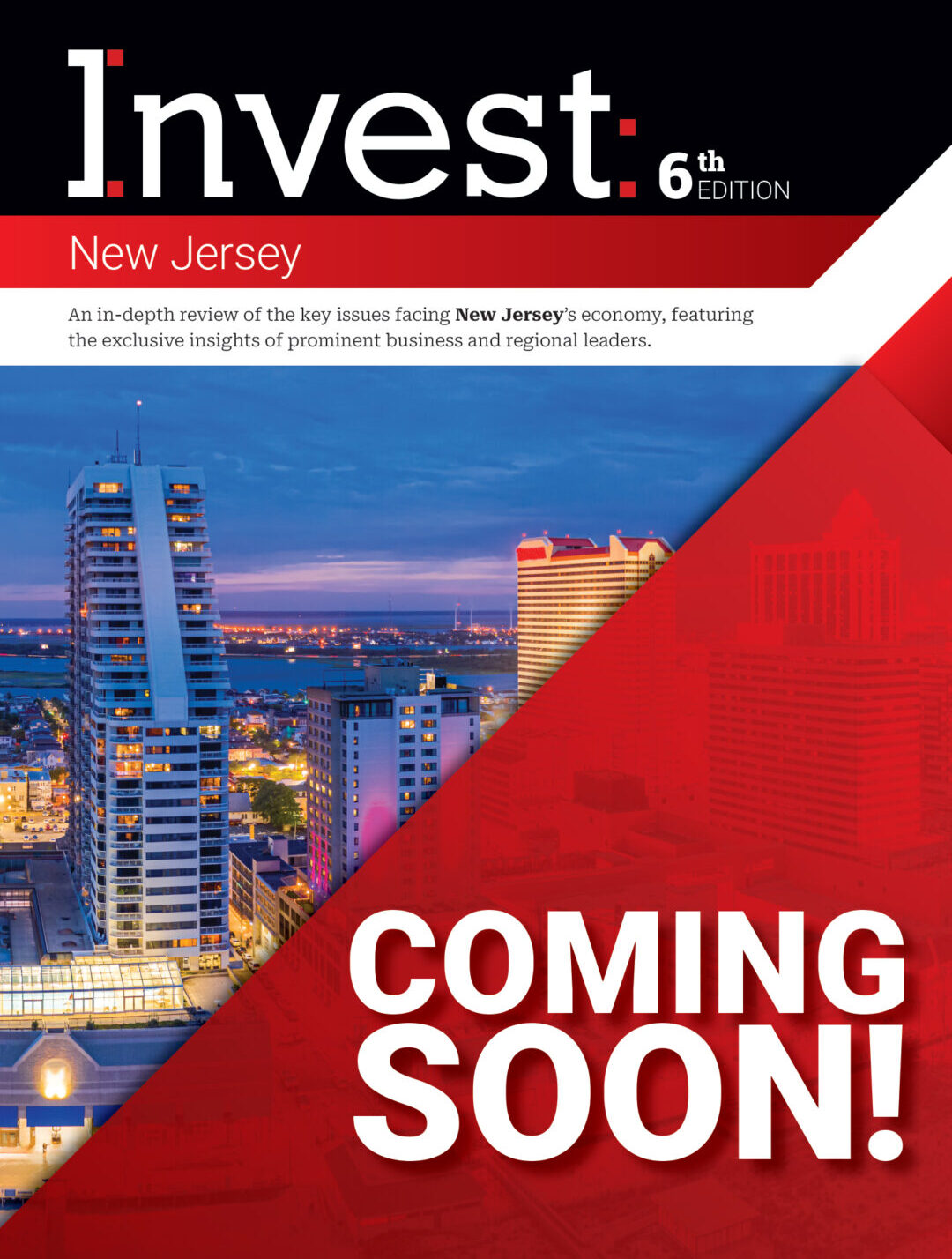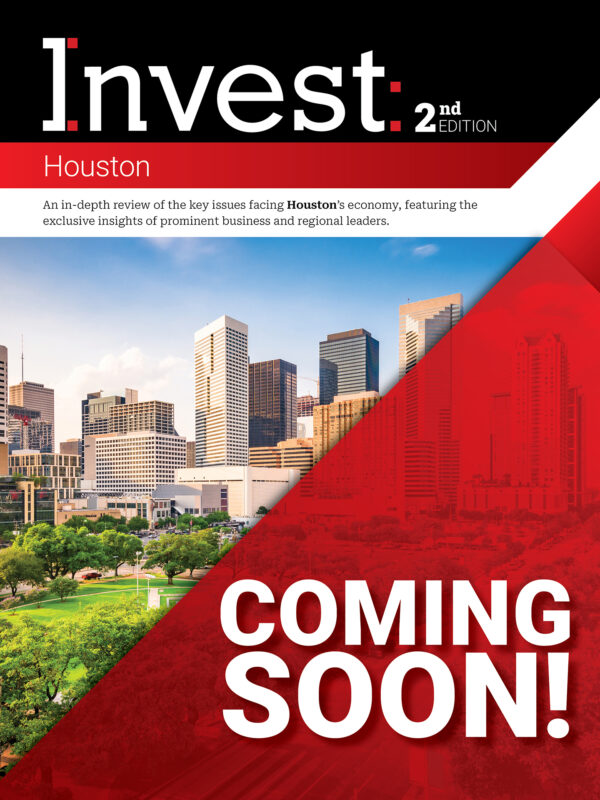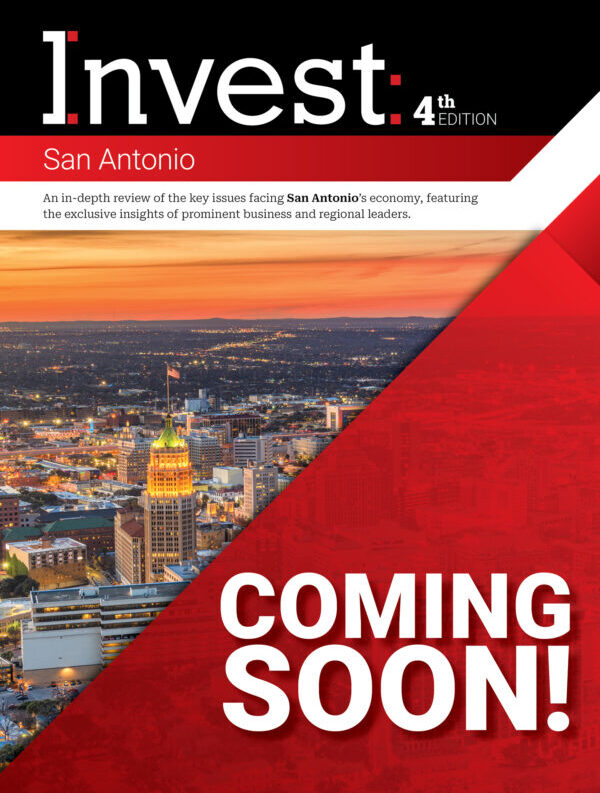Spotlight On: Nat Ford, CEO, Jacksonville Transportation Authority
 October 2024 — Nat Ford, CEO of the Jacksonville Transportation Authority (JTA), sat down with Invest: to discuss the history of autonomous vehicle innovation in Jacksonville, planning for regional public transit in Northeast Florida, exciting projects and initiatives on the horizon, and more.
October 2024 — Nat Ford, CEO of the Jacksonville Transportation Authority (JTA), sat down with Invest: to discuss the history of autonomous vehicle innovation in Jacksonville, planning for regional public transit in Northeast Florida, exciting projects and initiatives on the horizon, and more.
How has JTA prioritized innovation in recent years?
We have interest from around the globe in our Autonomous Vehicle Innovation Center. Our autonomous vehicle project, besides just moving people, will create jobs and bring major foreign investment to our community. I joined the JTA in December 2012, and one of the issues we were facing was the obsolescence of our monorail system operating in Downtown Jacksonville. Unfortunately, the manufacturer of that system no longer supports it. Frankly, it doesn’t get to where it needs to go. It was supposed to be a 10-mile system that is actually 2.5 miles. Unfortunately, the city and community did not finish the entire system. We had to decide whether to tear it down or keep it operating. We knew tearing it down would negatively impact us with the federal government, which had made investments in the system. We decided to keep and modernize it to be expanded a full 10 miles to connect our neighborhoods. The discussion of autonomous vehicles began at the same time, around 2015. The concept of using driverless vehicles at the street level and bringing them up to the 2.5-mile roadway, so to speak, was born. We are doing this because we care for our community and see the technology coming. We have the opportunity to provide mobility at a level far greater than anyone has ever imagined. It’s like going from the horse and buggy to the combustion engine in the automobile. It’s that kind of transformation. It’s not a question of if, but when. Why not be first and be leaders? That’s the challenge with any project of this complexity. You have to have the fortitude to see it through.
The JTA has also played a role in bringing innovation to Jacksonville. HOLON, a leading manufacturer of autonomous electric shuttles, announced it would build Florida’s first autonomous vehicle manufacturing facility in Jacksonville, creating up to 150 new jobs in Northwest Jacksonville by 2027. The JTA plans to utilize these vehicles, assembled right here in Northeast Florida, in our Ultimate Urban Circulator (U2C) program.
What is the user experience on the JTA’s main public transit services?
Every month, our ridership grows and grows. In fact, we are 15% above our targeted ridership numbers for 2024. We are at approximately 80% of our pre-COVID ridership level. Each month is setting a new record from the previous month. It’s heading in the right direction. August sees a major increase in frequency of service, followed by another increase come January. The initial reduction in service was due to the pandemic’s lack of ridership. That ridership is coming back very aggressively.
What do you attribute this ridership growth to?
For us, the frequency of service we provide, even with a reduction in the number of passengers, maintains a rather healthy level of service. We did not go to bare bones because a significant number of our population is what we call transit-dependent. Were it not for the JTA, they would not be able to get to work or go to the doctor.
The introduction of micro-transit has made a difference, too. We now have 14 ReadiRide zones. We were leaders in this space as we offered services for those who needed to get to our public transit options. We upgraded our bus stops, as well. On average, our bus fleet is six years old, which is relatively young. Our services are reliable. We do not have breakdowns and we make sure our system is pristine with great customer service. People are getting comfortable coming back and riding the system.
Technology has also improved at the JTA. I often say we are a technology company that happens to do transportation. We made it easier to plan a trip through the MyJTA application. In the past year, we added the ability to use CashApp to pay for your fares. There is a large population of unbanked individuals using CashApp that can load their card and transfer to MyJTA. On top of that, using MyJTA means you are getting a discounted fare. More recently we implemented fare-capping, another initiative that would attract riders. The premise is that if I am a cash customer every day, I don’t benefit from a daily pass unlimited ride, weekly pass unlimited ride or monthly pass unlimited ride. They can do that on the app now.
How is JTA fostering environmentally friendly and sustainable transportation?
JTA began this journey years ago, and now 75% of our fleet is compressed natural gas vehicles. All of the autonomous vehicles we plan on deploying in June 2025 will be electric vehicles. We do have some electric vehicles at this juncture, but we want to make sure we maximize our investment in compressed natural gas back in 2015. Additionally, we use recyclable materials for our road projects and permeable materials for our sidewalk projects. We are putting proper drainage into our roadway projects, as well.
What is the importance of transit-oriented development to a city’s overall quality of life, and how does autonomous transport tie into this?
Transit-supportive urbanism is a key priority for us. Right now, we have a transit-oriented development (TOD) under construction. We executed this housing development deal in October 2021. It’s called Artea and holds 340 studio, one-bedroom and two-bedroom floor plans. The journey to embrace transit-oriented development is full-fledged right now. At a forum we hosted, we brought in developers with experience and our local developers to share their success stories. We have now migrated from marketing to developers, to developers coming to us with unsolicited proposals.
What is your outlook for Jacksonville’s transit system, and how does this inform JTA’s priorities in the next three to five years?
There are many items in our Move2027 plan. Once completed, our 10.5-mile autonomous vehicle network will be coupled with replacing ReadiRide microtransit zones with autonomous vehicles. There are also a number of construction projects. We have 10 completed street projects focused on Northwest Jacksonville to make sure people have proper sidewalks and separated bike lanes and automobiles. We were fortunate to get the responsibility for completing our Emerald Trail. The JTA has the responsibility to complete its remaining five segments. We have been very successful in getting federal grants. Our track record for completing projects has benefited our competitiveness for future projects. This past year, we received the largest federal grant in the history of the JTA and the City of Jacksonville at $147 million to complete the five remaining segments of the Emerald Trail. This is clearly a priority for us.
The second factor is the St. Johns River Ferry. Its current form is obsolete. We will be using a second renewable diesel hybrid boat. In the future, it will be converted to be 100% electric. In September 2024, the JTA earned a $15.6 million federal grant to purchase a hybrid ferry that will begin transporting vehicles across the river by 2029.
Additionally, at the very end of the day, regionalism is most important. Surrounding counties are approving the JTA’s initiatives, and there is an opportunity for us to expand its boundaries and truly become the public transportation provider for Northeast Florida. That will also be part of our future activities.
Also, as the JTA plans for the years ahead, the Kroll Bond Rating Agency recently assigned a long-term rating of AA to the JTA for its Senior Lien Local Option Gas Tax Refunding Revenue Bonds, Series 2024 and Senior Lien Local Option Gas Tax Refunding Revenue Bonds, Series 2025. This rating speaks to the JTA’s strong fiscal management and approach for the future.
For more information, please visit:















